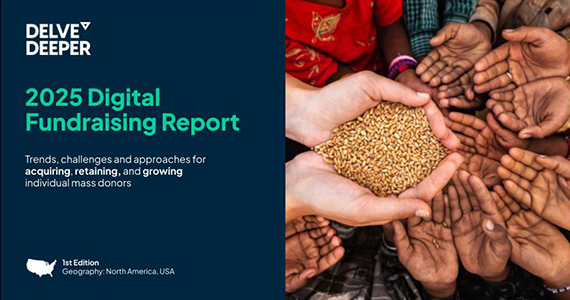Insights that fuel performance.
Our point of view on performance media.
What obsesses us.
From personalization to profitability, our insights cover the vast ground of performance media.
Subscribe to our newsletter:
Delve Deeper
Into Giving.
Subscribe for provocative points of view on performance media from Delve Deeper President Anton Lipkanou and fresh podcast episodes.














